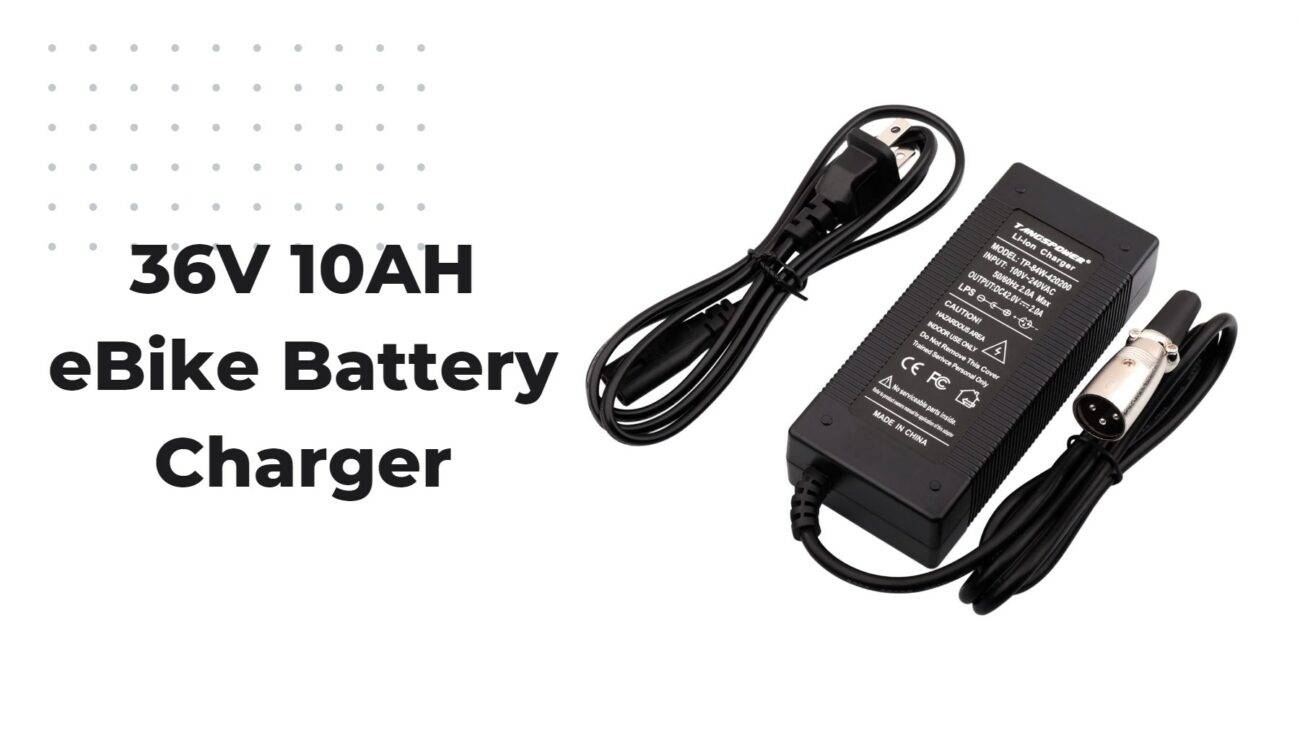
Blog
What Should You Know About the BCI Battery Technical Manual?
The BCI Battery Technical Manual is the automotive industry’s definitive guide for battery specifications, maintenance protocols, and safety standards. Published by the Battery Council International, it standardizes battery group sizes, testing methodologies, and performance requirements. Key topics include terminal configurations, state-of-charge parameters, and warranty validation procedures for lead-acid batteries across 60+ vehicle applications.
Lithium LiFePO4 BCI Group Batteries China Factory Wholesale
What Is the BCI Battery Technical Manual and Why Is It Important?
The manual establishes global benchmarks for battery dimensions (BCI Group Numbers), cold-cranking amp ratings, and reserve capacity metrics. Its importance lies in ensuring cross-manufacturer compatibility – 98% of North American vehicles use BCI-compliant batteries. Mechanics rely on its load test voltage thresholds (12.4V minimum) and electrolyte density guidelines (1.265 specific gravity) for maintenance.
How Does the BCI Group Number System Work?
BCI Group Numbers (24F, 35, 48H6) encode physical dimensions: length (7.68″-13″), width (5.12″-7.01″), and height (7.13″-9.44″). The alphanumeric codes also indicate terminal placement – reverse polarity (Group 75) vs. top-post (Group 34). Recent updates added AGM battery classifications (94R) and lithium-ion references for hybrid/electric vehicles.
The group number classification now includes three-tier identifiers for modern battery types. The first digit indicates battery chemistry (L for lithium, A for AGM), followed by size code. For example, L34 denotes a lithium battery with 34-series dimensions. This expansion accommodates 17 new battery formats since 2020, particularly for electric vehicle auxiliary systems.
| Group Number | Length (inches) | Common Applications |
|---|---|---|
| 24 | 10.25 | Asian sedans |
| 35 | 9.06 | Domestic compacts |
| 48 | 12.00 | European luxury vehicles |
What Safety Protocols Does the BCI Manual Enforce?
Mandatory PPE includes ANSI-approved face shields (Section 11.2) and neoprene gloves. The manual specifies ventilation requirements (≥15 air changes/hour) and hydrogen explosion thresholds (4% concentration limit). Emergency procedures outline acid spill neutralization (calcium hydroxide powder) and thermal runaway containment for lithium batteries.
New 2023 protocols require infrared thermography checks during battery installations. Technicians must document temperature differentials exceeding 15°C between cells. The manual also introduces four-tier risk classification for battery repair tasks, with Level 4 procedures requiring double-contained workstations for lithium battery disassembly.
| Safety Gear | Specification | Usage Scenario |
|---|---|---|
| Face Shield | ANSI Z87.1-2020 | Acid filling procedures |
| Gloves | 0.5mm neoprene | Terminal cleaning |
| Apron | Chemical-resistant PVC | Battery equalization |
How to Interpret BCI Battery Warranty Codes?
BCI warranty codes (e.g., M3Y24) decode as: M=month (A-L for Jan-Dec), 3=year (2023), Y=pro-rata period (24 months). The manual’s Appendix D lists 32 invalidating conditions including voltage drops below 10.5V, improper charging (≥16V detected), and physical damage from incorrect hold-downs (≥3mm movement).
“The BCI Manual’s new lithium battery protocols reflect industry transformation. At Redway, we’ve adapted its pressure venting standards (35 kPa burst disks) for our 48V server rack batteries. However, the manual’s 72-hour recharge window after deep discharge conflicts with lithium’s zero-volt tolerance – this needs revision.” – Senior Engineer, Redway Power Solutions
FAQs
- Q: Does the BCI Manual Apply to Marine Batteries?
- A: Only for dual-purpose marine starting batteries (Group 24M, 27M). Deep-cycle marine batteries follow separate ABYC standards.
- Q: How Often Is the BCI Manual Updated?
- A: Major revisions occur biennially (even years), with interim bulletins for emerging technologies like sodium-ion batteries.
- Q: Can the BCI Group Number Determine Battery Chemistry?
- A: No – Group 31 could be flooded, AGM, or gel. Always check the manual’s “R” suffix for recombinant (VRLA) batteries.




